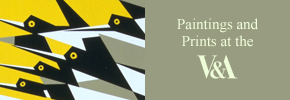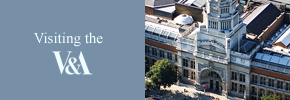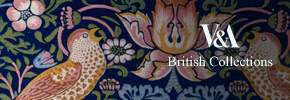The paintings collection was an original part of the V&A's collection; from the outset, the link between fine and applied arts was essential to the museum's mission. In 1857, the year of the museum's opening at South Kensington, John Sheepshanks offered the V&A his collection of around 500 British oil paintings, watercolours and drawings, to found 'A National Gallery of British Art'.
The collection includes major works by Turner and Constable, and many important Victorian artists. John Sheepshanks believed in the importance of making art accessible to the public, and hoped that others would follow in his footsteps. In 1885 the new museum received the royal seal of approval when Queen Victoria agreed to lend the Raphael cartoons, the greatest cycle of Italian Renaissance pictures in England. The Constantin Ionides bequest was a later and valuable addition to the paintings collection.
The V&A has never sought to compete with the National Gallery as a collector of old Master Paintings, and ceased to acquire British oil paintings following the foundation of the Tate in 1897. In addition to its fine art collections of both paintings and prints, the V&A holds the national collection of posters and wallpapers.








